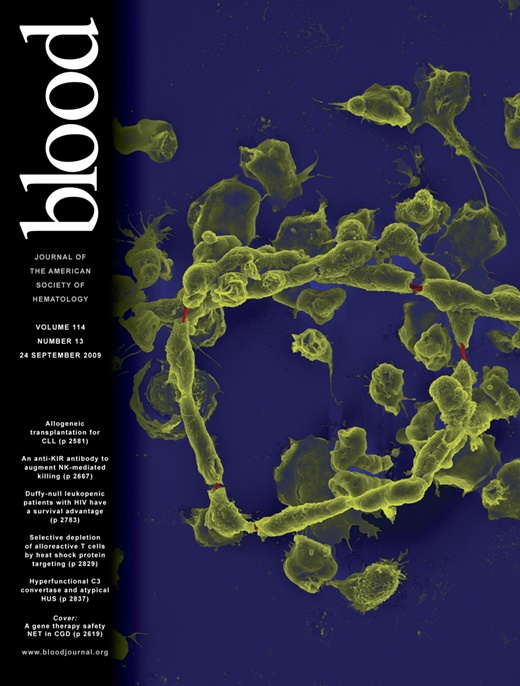To the editor:
Sequence variants in TNFRSF13B gene, encoding the transmembrane activator and CAML interactor (TACI) protein, have been associated with common variable immunodeficiency (CVID) and IgA deficiency.1-3 However, its detection among healthy persons and the absence of a phenotype-genotype segregation pattern raises the question whether they are true disease-causing mutations.4-6
Here we report the results of TNFRSF13B genotyping in 120 Spanish CVID patients according to European Society for Immunodeficiencies criteria, and 31 healthy first-degree relatives (HFDR) of p.C104R-harboring CVID patients. We detected 14 patients (11.6%) carrying at least one TNFRSF13B variant: 7 homozygous (4 cases from 2 multiplex families), 1 compound heterozygous, and 6 simple heterozygous (Tables 1–2). Six different variants were detected, 3 of them already known (p.C104R, p.L171R and p.A181E) and 3 novel (p.C89Y, p.E117G and p.E140K). As in previous studies, p.C104R was the most frequently detected in our CVID cohort. Interestingly, 28 of 31 HFDR persons harbored monoallelic or biallelic TNFRSF13B variants (Table 1). Among 198 healthy, normoglobulinemic Spanish persons included as controls, only the monoallelic p.C104R was detected in 5 of them.
Phenotype-genotype correlation in p.C104R/p.C104R persons revealed a continuum spectrum of disease severity, ranging from the absence of clinical symptoms (3 HFDR persons), minor clinical manifestations (4 CVID patients), and moderate to severe forms in 2 CVID patients, (1 with Crohn-like disease and the other with recurrent infections, bronchiectasis, and splenomegaly). Twenty-six clinically asymptomatic persons harbored the monoallelic p.C104R variant (21 HFDR and 5 controls), whereas only 1 of 2 monoallelic p.C104R CVID patients presented autoimmune and lymphoproliferative manifestations. In previous studies, autoimmunity and lymphoid hyperplasia was associated with TNFRSF13B variants,7,8 in particular with heterozygosity for C104R.3 However, in our CVID cohort we did not find them, maybe due to the lower frequencies of monoallelic p.C104R patients in our cohort.
Previous studies usually detected monoallelic TNFRSF13B variants among CVID patients and in low percentages of asymptomatic patient's relatives and controls.1-3 This suggests a potential autosomal dominant inheritance pattern with low penetrance. However, we detected a higher number of biallelic CVID patients, a higher than expected number of asymptomatic mono- and biallelic carriers among patients' relatives, and a higher frequency of monoallelic p.C104R variant in controls than in previous studies.1-5 These results support the fact that monoallelic p.C104R variant is not a true CVID-causing mutation. This is in concordance with previously reported data, on the basis of their presence in healthy normoglobulinemic controls, the absence of a clear Mendelian inheritance pattern, and the absence of a clear phenotype-genotype segregation pattern in a given family. However, the absence of homozygous p.C104R/p.C104R persons in the control group suggests a potential role for p.C104R variant in homozygous state as a risk factor to CVID, which might be exerted separately or in conjunction with other unidentified genetic factors. In this sense, it is interesting to note that we have observed low immunoglobulin plasma levels in 2 of 3 p.C104R/p.C104R asymptomatic HFDR persons, which might be a first step toward CVID development. Further studies are needed to evaluate the precise role of these TNFRSF13B variants in TACI signaling pathway and in the dysregulated immunoglobulin production observed in CVID.
Authorship
Approval was obtained from the hospital institutional review board for these studies. Informed consent was provided according to the Declaration of Helsinki.
Conflict-of-interest disclosure: The authors declare no competing financial interests.
Correspondence: Natalia Martínez-Pomar, Hospital Son Dureta, Andrea Doria, 55, Palma de Mallorca, 07014 Spain; e-mail: natalia.martinez@ssib.es.

